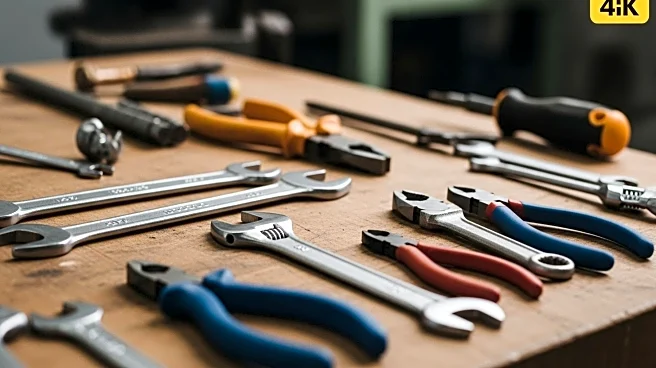What is the story about?
What's Happening?
The U.S. is experiencing a significant shift towards skilled trade education, driven by Gen Z's changing career preferences and supportive government policies. With a growing number of Gen Z graduates opting for blue-collar careers, the demand for vocational training and workforce development stocks is increasing. This trend is supported by initiatives like the Apprenticeship Infrastructure Tax Credit Act of 2025, which offers tax credits to employers for apprenticeships. States like Illinois and Kansas have reported high returns on investment from pre-apprenticeship programs, highlighting the economic viability of vocational training.
Why It's Important?
The shift towards skilled trades is reshaping the U.S. labor market, offering new opportunities for economic growth and workforce development. As automation threatens traditional white-collar jobs, trades like electricians and HVAC technicians provide job security and resistance to automation. The government's support for vocational training aligns with broader economic goals, potentially unlocking a $1.2 trillion market by 2030. This trend also addresses workforce shortages in critical industries, promoting diversity and inclusion through targeted apprenticeship programs.
What's Next?
Investors are increasingly focusing on education technology and infrastructure providers that support vocational training. Companies like Stanley Black & Decker and The Home Depot Foundation are investing in initiatives to attract Gen Z and women to trades. The growth of this sector is expected to continue, driven by technological innovation and policy support. As the market evolves, strategic investments in education platforms and apprenticeship infrastructure could yield significant returns.
AI Generated Content
Do you find this article useful?
















